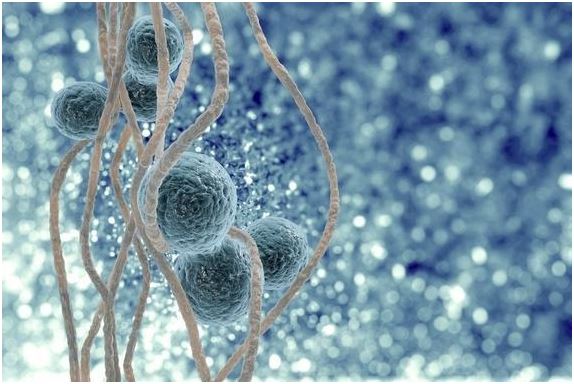Virtual Tour Of LifeLine (VR-360)

The stored stem cells aren’t just reserved for your baby and can be used for other siblings or close family members. This is because cord blood doesn’t require perfect matching, which means you have more donor options should you require them.
There is no question that my husband and I are storing these stem cells to ensure we are giving our child the best possible start in life by having a backup plan to mitigate health issues in the unfortunate event illness strikes.
My husband and I were at a Baby Show recently and walked past a stem cell storage bank display on our way to the popular pram and cot displays. At the time, we didn’t really stop to think about it, however we did make a mental note to have a look into stem cells later on as we weren’t too sure what storing stem cells actually entailed or the process involved.
I already understood the amazing properties found in the placenta and umbilical cord with many mums choosing to freeze dry and consume it for its therapeutic properties. After some research, I discovered that I could go one colossal step further and use the blood in my baby’s umbilical cord to treat my child in future should they become unexpectedly ill.
So why doesn’t everyone do it? Well there are many myths surrounding collection, how the cord blood and tissue is stored and the financial outlay. However, my belief is that the positive benefits of these stem cells if ever required in future, are priceless.
In order to shed some light on stem cell storage, here are the five main reasons why we are doing it:
Stem cell research and treatment has come a long way, with stem cell therapy currently being used to treat more than 80 diseases such as leukemia, cerebral palsy, sickle cell disease and blood disorders to a range of other cancers, genetic and neurological conditions with the numbers of treatable diseases growing as science continues to advance. Research is also currently underway for the treatment of autism with stem cell therapy. Interestingly, stem cells can be grown into blood vessels, organs or tissues to treat these illnesses.

The process involves three steps: collection, analysis and storage.
My collection kit was couriered to me and I’ll be taking it to the hospital with me when I go into labour. An on call 24-hour phlebotomist will meet me at the hospital to collect and package the sample after which it is picked up by the storage bank. Many obstetricians and midwives are trained in the collection process, however they can choose to have the phlebotomist attend instead.
A complete test and analysis is carried out and a report is sent to me with my results of viable stem cells. The extracted stem cells are then cryogenically frozen at below -190 degrees celsius until I require them.

Image courtesy of Smart Cells: Freezing in Progress at the Laboratory
Whether I deliver my baby naturally or by c-section, the collection process remains the same. The umbilical cord is cut and the cord blood is extracted. The entire process takes less than 10 minutes and usually goes unnoticed by mum and baby. I can also choose to delay cord clamping for a few minutes so the baby gets all the nutrients it needs, however not for too long otherwise the blood starts to clot, which will affect how many viable cells I will have remaining.
The stems cells are stored for 25 years and should we need them locally or internationally they are transported to me free of charge. It is also good to note that I can use part of the sample or all of it. The treating doctor will have a look at my stem cell storage report and let me know how much they require.
The stored stem cells aren’t just reserved for your baby and can be used for other siblings or close family members. This is because cord blood doesn’t require perfect matching, which means you have more donor options should you require them.
There is no question that my husband and I are storing these stem cells to ensure we are giving our child the best possible start in life by having a backup plan to mitigate health issues in the unfortunate event illness strikes.
LFLN REF 15092017, P. 134-136